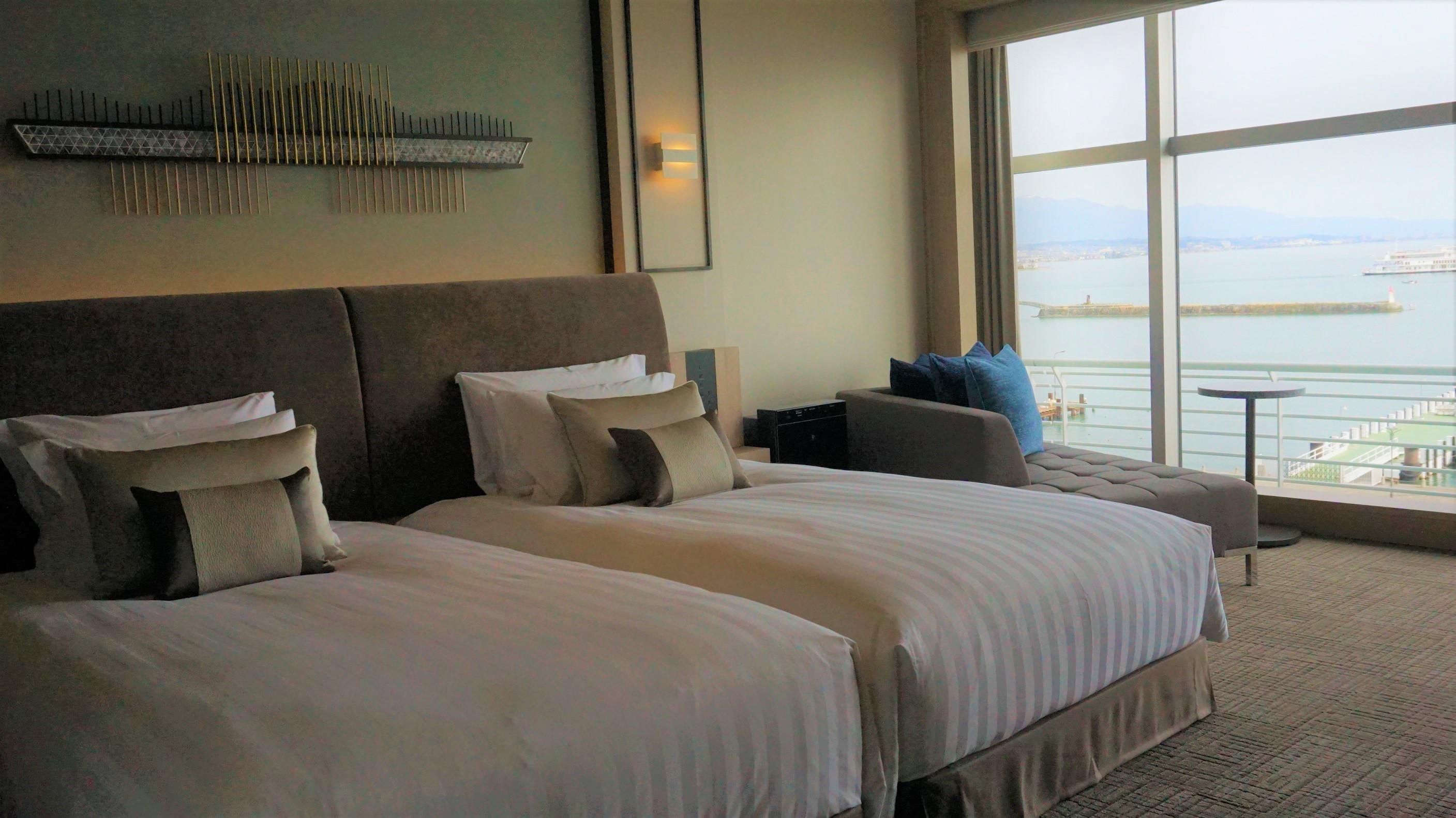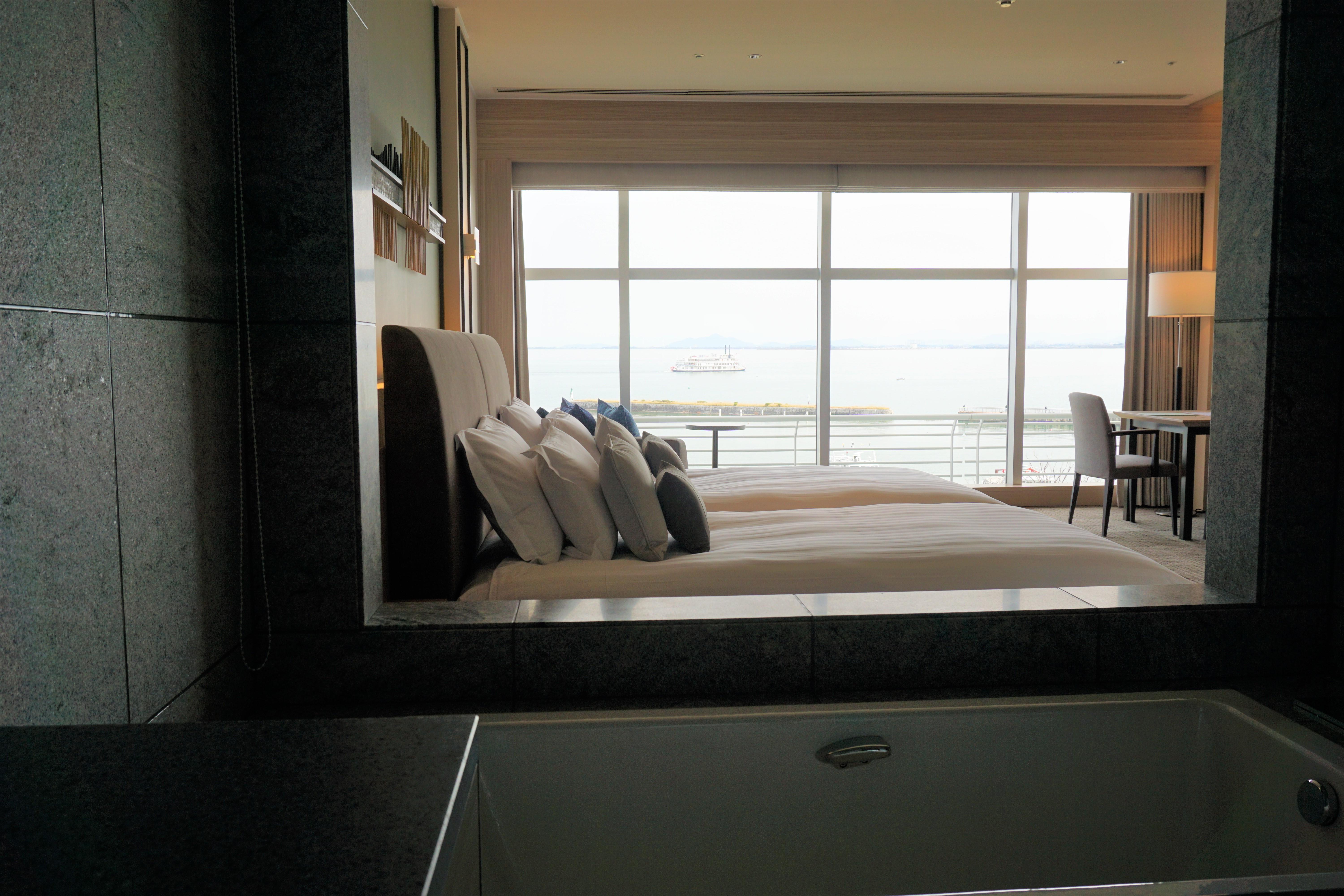Lorsque j'ai appris que je déménageais à Shiga, à l'été 2017, j'ai d'abord regardé une carte; je connaissais le lac Biwa sans savoir dans quelle préfecture il se trouvait. Dès que j'ai vu que Kyoto serait ma voisine, je me suis promise d'un jour marcher jusque-là.
Malheureusement, je ne m'étais pas rendu compte que des montagnes se dresseraient sur mon chemin. Le mont Hiei chevauche les préfectures de Kyoto et Shiga, et à son sommet se trouve Enryakuji, un complexe de temples bouddhistes qui comprend trois sections distinctes où se trouve une vingtaine de bâtiments*. Célèbre pour ses moines marathoniens et combattant, il s'agit du temple principal de la secte Tendai, et d'un monument du patrimoine mondial et national.
 J'ai tenté l'expérience de la montée pour la première fois en décembre 2017, quelques mois après mon arrivée. La température était idéale, ni trop chaude, ni trop froide, mais je m'y étais prise beaucoup trop tard, sous-estimant le temps de montée. J'avançais lentement, prenant le temps de regarder la nature qui m'entourait, saluant les randonneurs qui croisaient mon chemin dans leur descente. Puis, l'un d'eux m'a avertie de ne pas trop lambiner pour ne pas descendre dans le noir, et de ne pas manquer le dernier funiculaire. J'avais très mal planifié mes choses! J'ai fait de mon mieux dans les pentes les plus raides de la fin du parcours, et je suis enfin arrivée à Enryakuji.
J'ai tenté l'expérience de la montée pour la première fois en décembre 2017, quelques mois après mon arrivée. La température était idéale, ni trop chaude, ni trop froide, mais je m'y étais prise beaucoup trop tard, sous-estimant le temps de montée. J'avançais lentement, prenant le temps de regarder la nature qui m'entourait, saluant les randonneurs qui croisaient mon chemin dans leur descente. Puis, l'un d'eux m'a avertie de ne pas trop lambiner pour ne pas descendre dans le noir, et de ne pas manquer le dernier funiculaire. J'avais très mal planifié mes choses! J'ai fait de mon mieux dans les pentes les plus raides de la fin du parcours, et je suis enfin arrivée à Enryakuji.
06.HEIC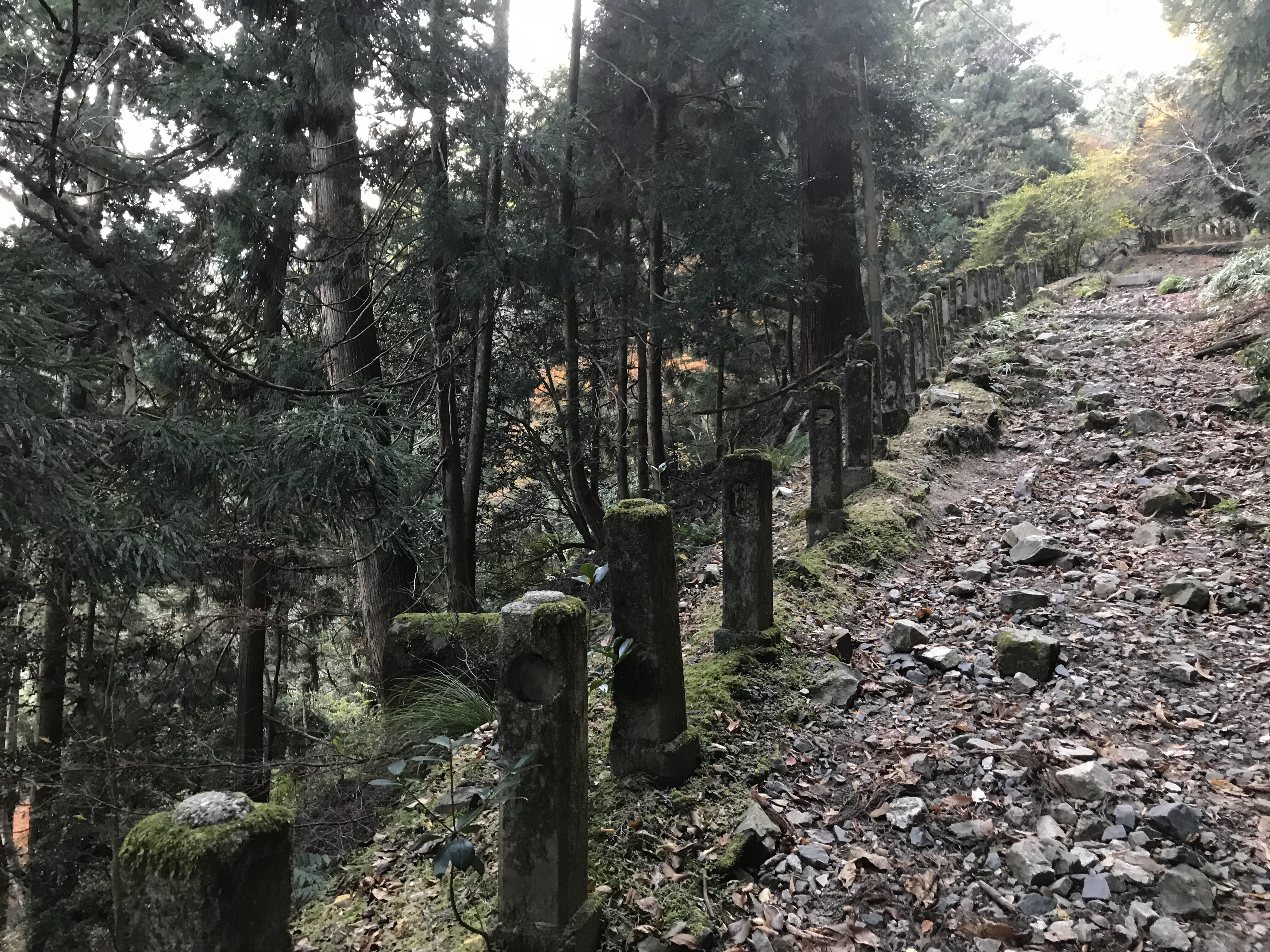
Comme j'avais oublié de prendre de l'eau, je me suis arrêtée à la petite boutique pour en acheter quand je me suis rendu compte que le dernier funiculaire du jour partait sous peu. Les avertissements des autres randonneurs en tête, je me suis dépêchée d'y monter.
Autant le funiculaire du mont Hiei, le plus long au Japon, était-il très plaisant, autant je regrettais de m'être levée si tard et de ne pas avoir pu visiter les temples et autres bâtiments que je laissais derrière.
Morale de ma première montée : bien que le mont Hiei soit facile d'accès et qu'il ne soit pas difficile à monter sans planification aucune, il faut au moins 2 heures pour parvenir au sommet. N'oubliez pas votre eau!
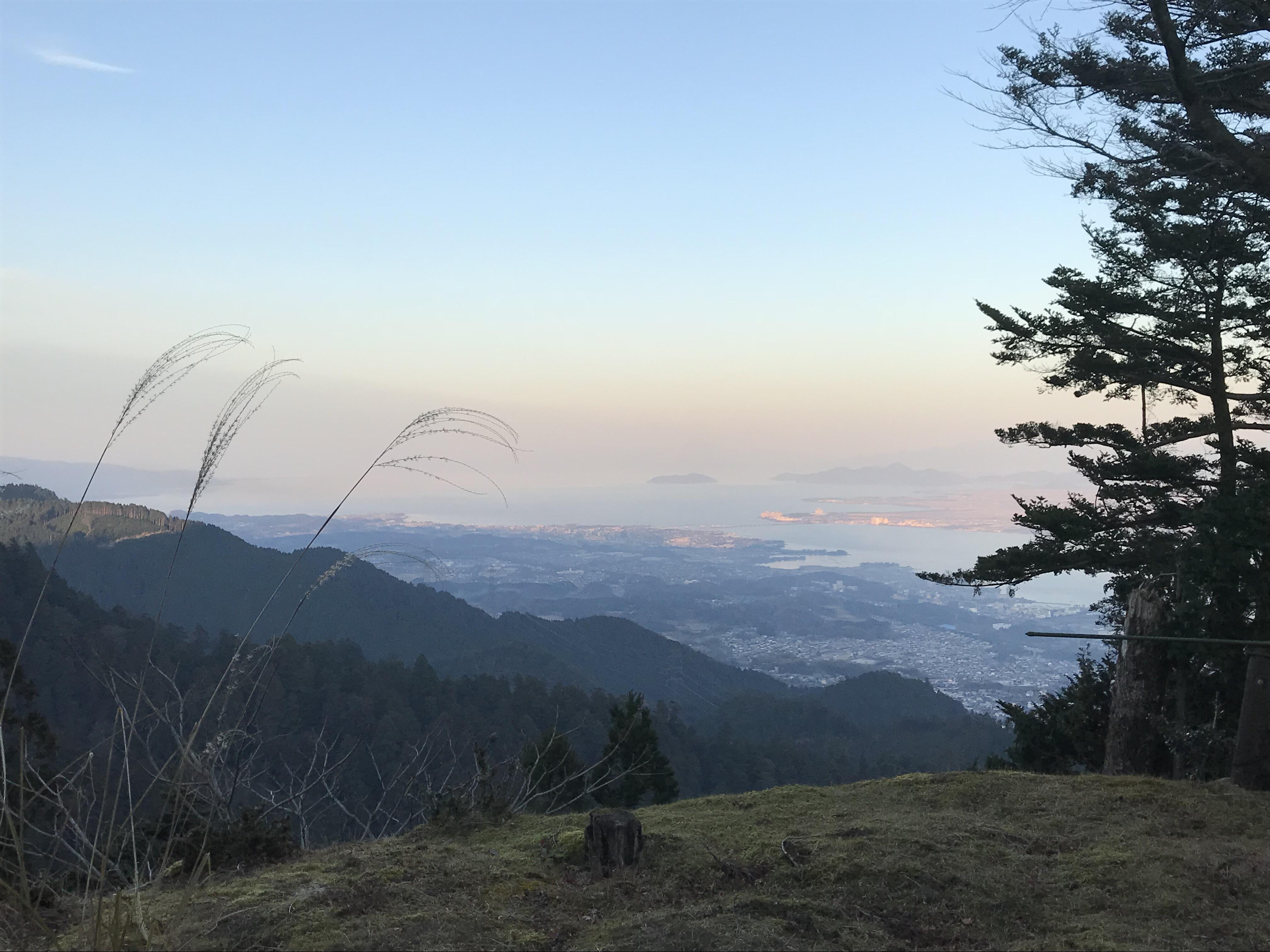
La deuxième fois, je montais avec un petit groupe. C'était 2 ans, presque jour pour jour, après mon premier essai, et j'étais un peu plus prête. Nous avons pris notre temps et sommes arrivés au sommet vers midi. Nous avons d'abord dîné au petit restaurant du temple, qui offre une variété de nouilles de soba (ou sarrasin) végétariennes, avant d'explorer le Tô-dô, la section principale d'Enryakuji.
Nous avons commencé en retournant sur nos pas, vers la fin du sentier de montagne. Là, nous nous sommes tournés vers... des escaliers! Eh oui, en fait, la fin du sentier n'est pas vraiment la fin de la montée, et le pèlerinage vers Enryakuji se termine un peu plus haut! Plusieurs marches plus tard, nous nous trouvions devant une pagode qu'il est possible d'explorer.

Un peu plus loin, un autre escalier, descendant celui-là, nous a amenés droit devant le temple principal du complexe, le Konponchu-dô. Malgré les travaux de revitalisation qui dureront jusqu'en 2026, les trésors principaux et les éléments architecturaux de ce trésor national sont toujours accessibles. Nous nous en sommes mis plein la vue avant de sortir et d'aller encore plus haut.
Cette fois-ci, nous nous sommes trouvés devant la cloche du temple, que certains de nous ont sonnée, avant de visiter le Daikô-dô, un temple secondaire, un peu plus modeste.
Notre dernier arrêt avant de prendre le funiculaire nous a ramenés pour une troisième fois à la fin du sentier initial. Là se trouve un hôtel avec une boutique et un café qui offre une vue splendide sur le lac Biwa et la ville d'Otsu. Le café offrait des cafés lattés avec un des personnages de Shigeru Mizuki puisque le sous-temple voisin abritait une exposition temporaire son œuvre.
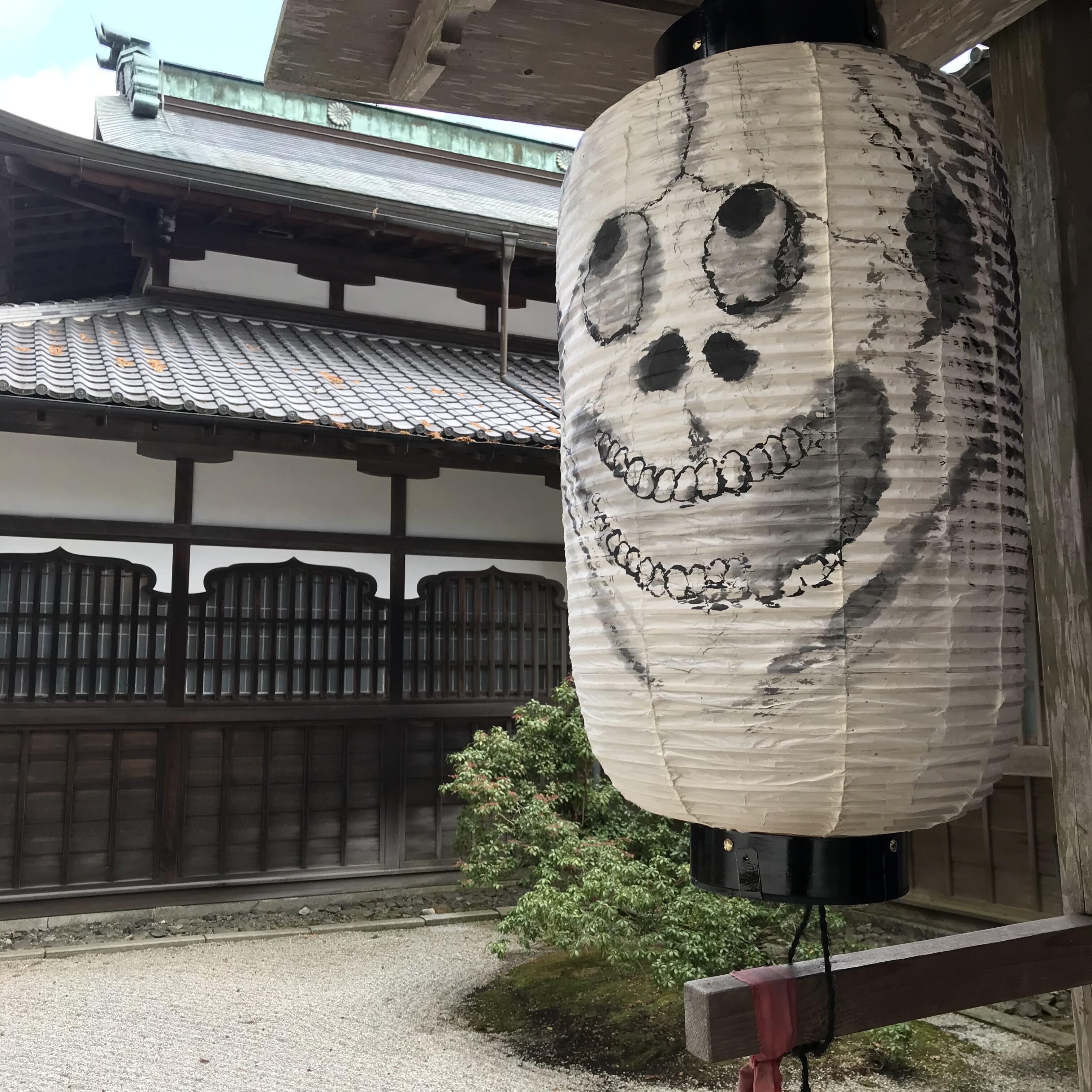
Morale de la deuxième montée : le sentier a des sections plus à pic et difficiles, et, même une fois le chemin le plus ardu terminé, il y a de nombreux escaliers à monter ou descendre. Ça vaut la peine de voyager léger et de partir plus tôt pour éviter la chaleur et voir une plus grande partie du site.
Ma troisième montée a eu lieu en juin 2020, six mois plus tard qu'à l'habitude. Cette fois, une amie et moi visions le Saitô, une section un peu plus éloignée qui peut être facilement rejointe à la marche. Nous avons donc monté le long sentier vers le sommet, puis mangé du soba et de la crème glacée avant de nous diriger vers la cloche. Nous avons pris le temps de la sonner avant de nous aventurer dans le sentier vers le Saitô. Celui-ci longe la route avant d'entrer dans les bois une nouvelle fois. Là, un long escalier descend vers le Jôdo-in. Ce bâtiment, entouré d'un jardin et d'un muret, est le lieu où repose Saicho, le moine fondateur d'Enryakuji.

Nous avons choisi de continuer notre chemin et de marcher le long du sentier serpentant dans les bois. Cette section se trouve au sommet, et le calme y règne. Presque 40 minutes après avoir sonné la cloche du Tô-dô, nous nous sommes trouvées devant le Ninaidô, deux temples liés par un corridor, où les moines pratiquent divers rites. Il semblerait que, selon le moment de la visite, il soit possible de les entendre prier et marcher de l'extérieur. Que ce soit le cas où non, le Ninaidô est superbe, rouge et symétrique, pur contraste de la forêt qui l'entoure.
Nous poussons un peu plus loin et descendons dernier escalier pour nous rendre au Shakadô, le temple principal de cette section, et le plus vieux de tout Enryakuji. Nous prenons le temps d'explorer les alentours et de lire les panneaux illustrés avant de retourner sur nos pas. Du Saitô, une navette va jusqu'à la troisième section (Yokawa), mais le funiculaire ne nous attendra pas, donc ce sera pour la prochaine fois. C'est aussi possible de marcher jusque-là, mais prévoyez 1 h 30 de promenade.

Aujourd'hui nous retroussons chemin, marchant dans les bois, glissant un œil sur le jardin du Jôdo-in, montant une centaine de marches et relongeant la route. Nous arrivons à temps pour le funiculaire.
Morale de la troisième montée : Enryakuji n'a pas fini de dévoiler tous ses secrets.

Comme vous avez pu voir, je n'ai toujours pas marché jusqu'à Kyoto. Mon séjour à Shiga tirera à sa fin dans un pu plus d'un an seulement, mais j'ai bien hâte de voir comment se passera ma prochaine montée!
Par Émilie Lamont-Cardinal

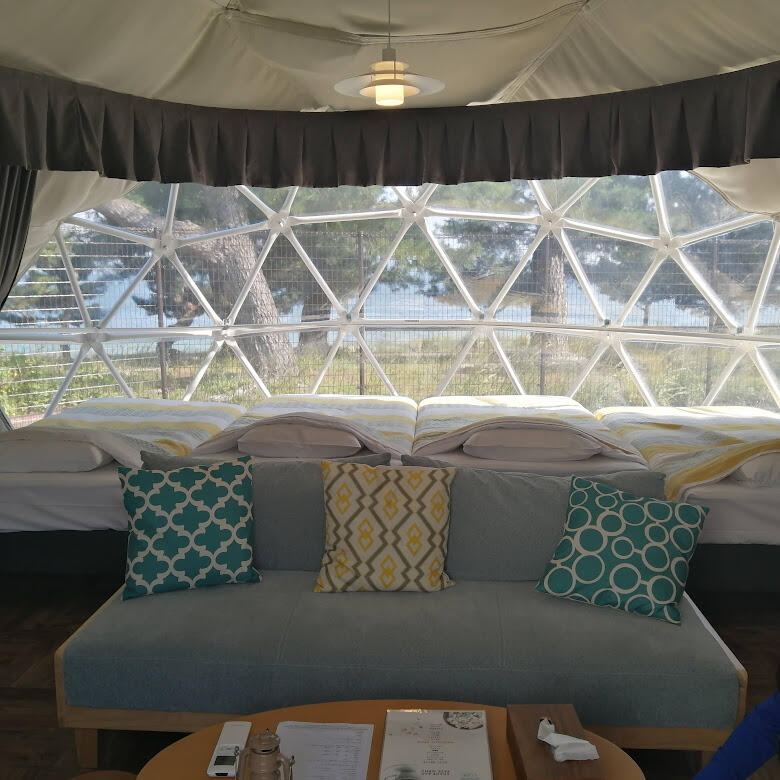
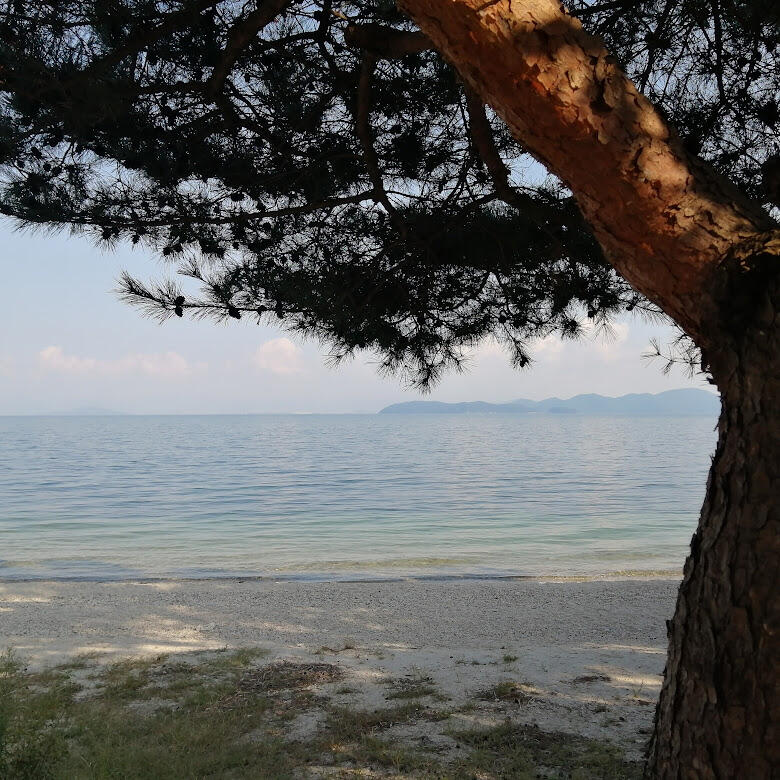
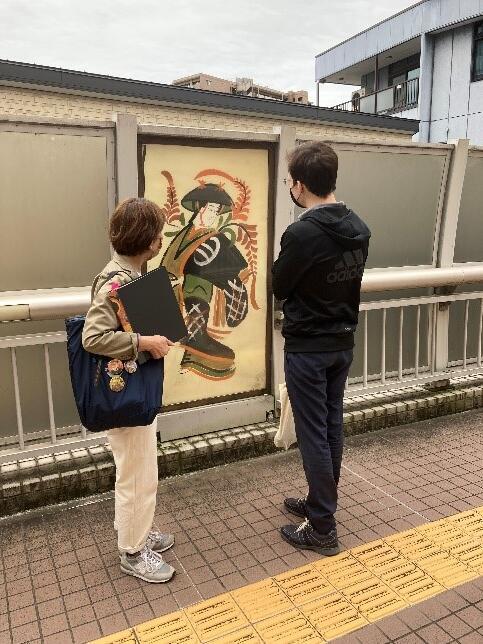
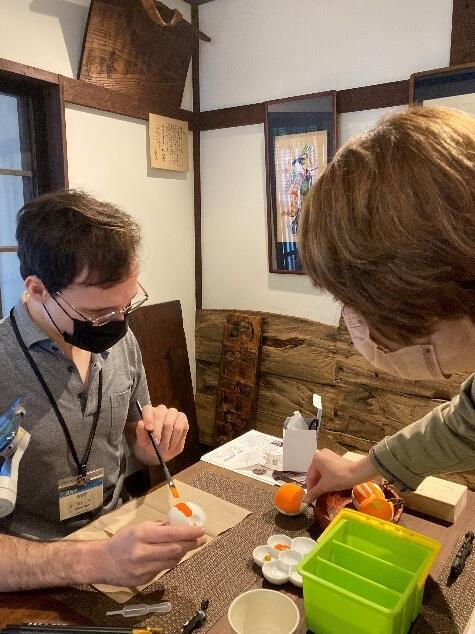

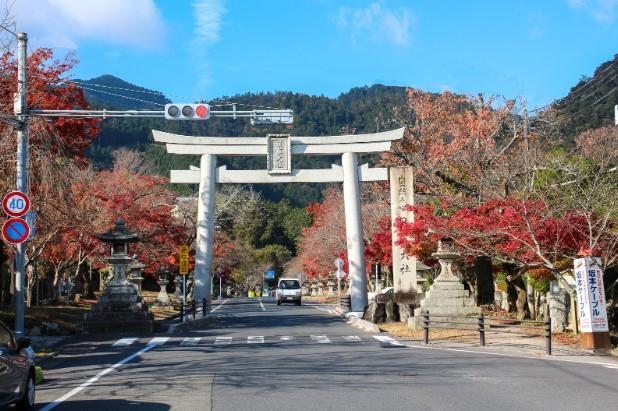
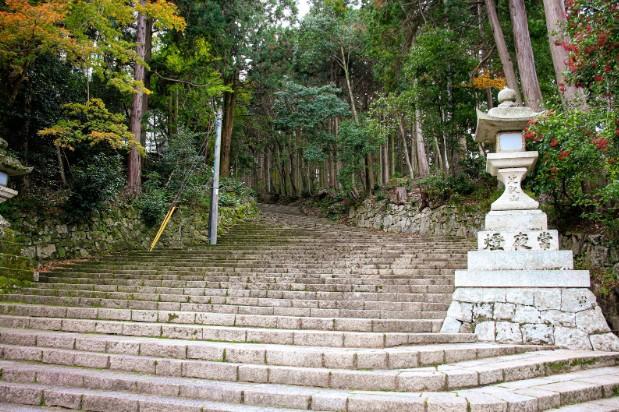
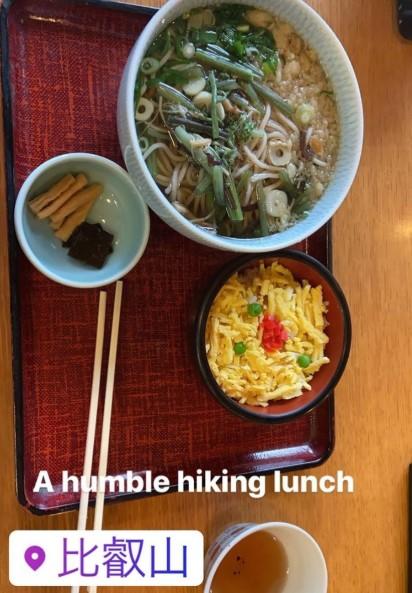
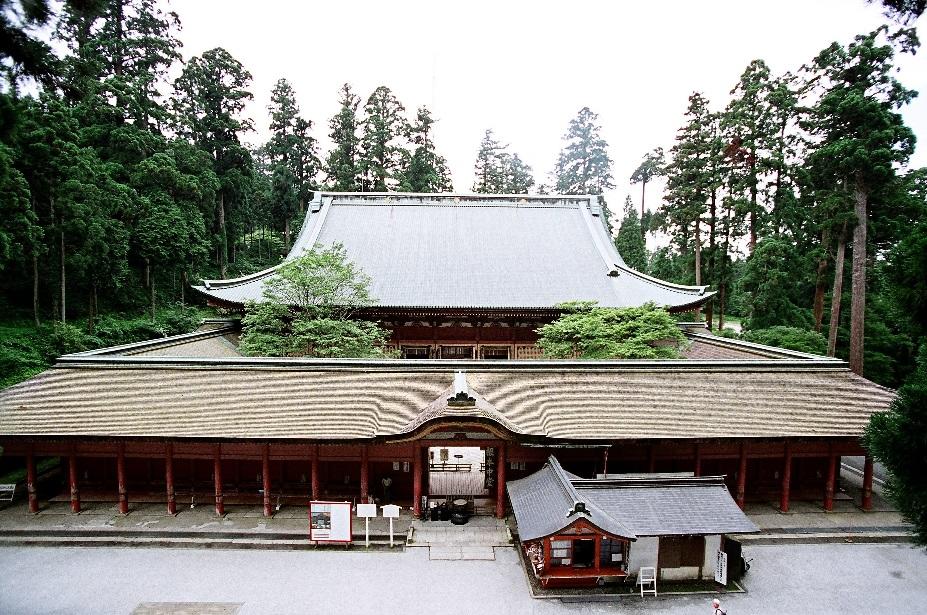
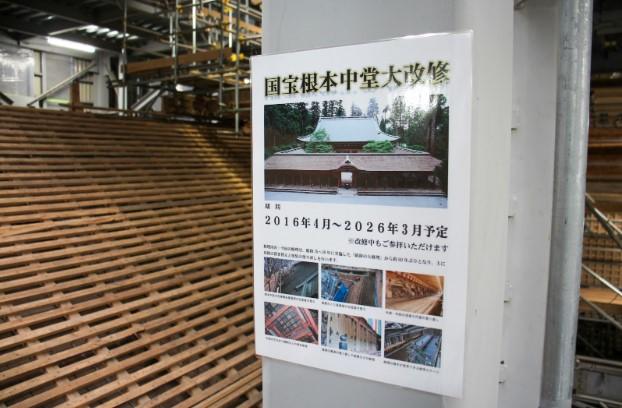
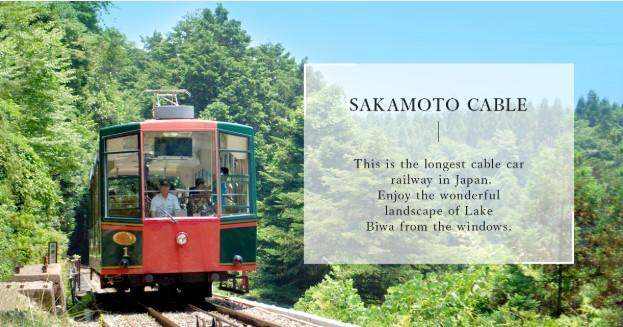
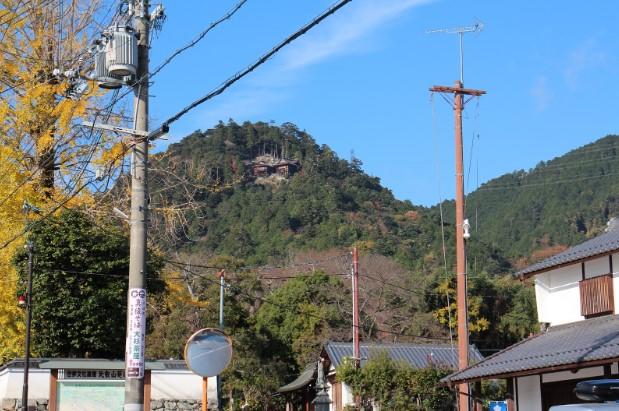
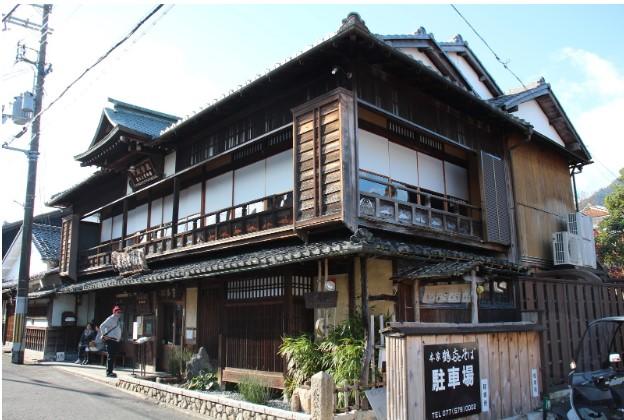

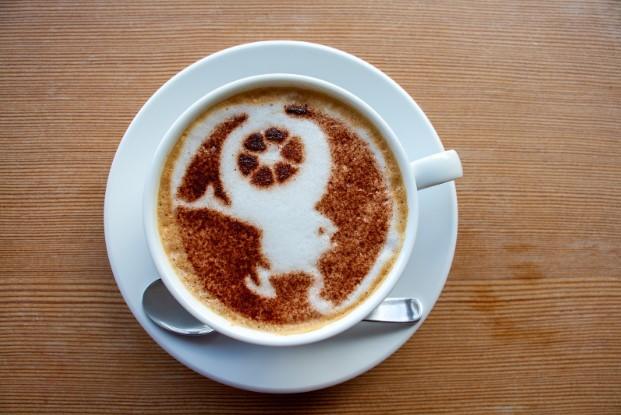

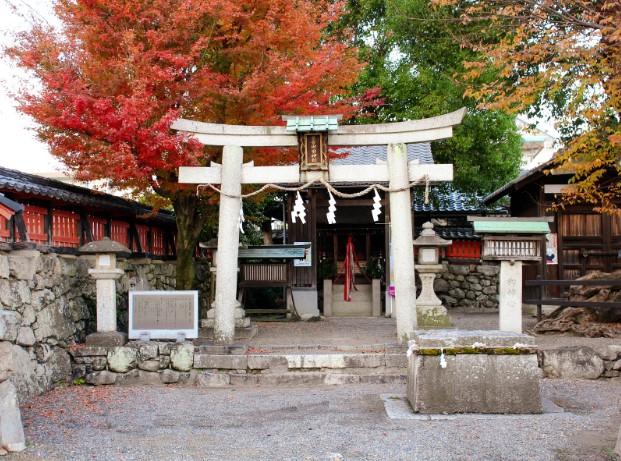
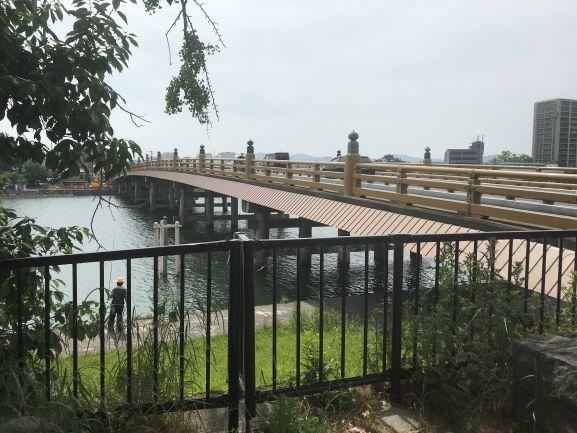 Nous commençons la journée dans la capitale de Shiga, où nous visitons d'abord le pont Seta no Karahashi, qui enjambe la rivière Seta. Une courte promenade nous permet d'apprécier le paysage et de faire le plein de vitamine D. Ce pont a toujours été d'une importance stratégique puisqu'il s'agissait du lien direct à Kyoto le plus sécuritaire étant donné les vents capricieux qui soufflent du mont Hiei sur lac Biwa et déroutent les bateaux. Il a donc été détruit plusieurs fois pendant ses plus de mil ans d'existence et sa forme actuelle est moderne. Encore aujourd'hui, c'est un lieu passant, à l'ombre duquel des pêcheurs se tiennent sur la berge et où le festival Senkosai a lieu tous les mois d'août.
Nous commençons la journée dans la capitale de Shiga, où nous visitons d'abord le pont Seta no Karahashi, qui enjambe la rivière Seta. Une courte promenade nous permet d'apprécier le paysage et de faire le plein de vitamine D. Ce pont a toujours été d'une importance stratégique puisqu'il s'agissait du lien direct à Kyoto le plus sécuritaire étant donné les vents capricieux qui soufflent du mont Hiei sur lac Biwa et déroutent les bateaux. Il a donc été détruit plusieurs fois pendant ses plus de mil ans d'existence et sa forme actuelle est moderne. Encore aujourd'hui, c'est un lieu passant, à l'ombre duquel des pêcheurs se tiennent sur la berge et où le festival Senkosai a lieu tous les mois d'août. On dit que ce sanctuaire est l'un des plus anciens du Japon. Sa proximité au lac Biwa lui donne un lien fort avec l'eau, qui se reflète dans ses différents types de divinations omikuji : ici, la prédiction apparaît comme un message secret au contact de l'eau, là, elle se trouve dans un petit poisson qu'il faut pêcher!
On dit que ce sanctuaire est l'un des plus anciens du Japon. Sa proximité au lac Biwa lui donne un lien fort avec l'eau, qui se reflète dans ses différents types de divinations omikuji : ici, la prédiction apparaît comme un message secret au contact de l'eau, là, elle se trouve dans un petit poisson qu'il faut pêcher! Le sanctuaire est assez grand, avec un étang et un jardin en plus des nombreux bâtiments principaux et auxiliaires.
Le sanctuaire est assez grand, avec un étang et un jardin en plus des nombreux bâtiments principaux et auxiliaires. L'un d'entre eux, juste passé le pont où les carpes se rassemblent sous nos pieds, aiderait à trouver l'amour.
L'un d'entre eux, juste passé le pont où les carpes se rassemblent sous nos pieds, aiderait à trouver l'amour. L'endroit est paisible et nous prenons une autre bouffée d'air avant de retourner à Karahashi.
L'endroit est paisible et nous prenons une autre bouffée d'air avant de retourner à Karahashi. Contrairement aux autres poteries de Shiga, celles de style Karahashi utilisent de l'argile tirée directement du lac Biwa. Cette glaise proviendrait des créatures vivantes du lac, qui insuffleraient leur énergie aux céramiques. Le style est aussi célèbre pour sa laque de couleur « bleu lac Biwa ».
Contrairement aux autres poteries de Shiga, celles de style Karahashi utilisent de l'argile tirée directement du lac Biwa. Cette glaise proviendrait des créatures vivantes du lac, qui insuffleraient leur énergie aux céramiques. Le style est aussi célèbre pour sa laque de couleur « bleu lac Biwa ». Après une discussion fort intéressante avec le maître potier, nous nous dirigeons vers un atelier à part, où nous passons l'heure suivante à fabriquer nos propres tasses.
Après une discussion fort intéressante avec le maître potier, nous nous dirigeons vers un atelier à part, où nous passons l'heure suivante à fabriquer nos propres tasses. Le maître est excellent professeur et nous nous amusons tous ensemble à créer. Le produit fini doit être cuit et lacqué à plusieurs reprises pendant un mois avant d'être prêt.
Le maître est excellent professeur et nous nous amusons tous ensemble à créer. Le produit fini doit être cuit et lacqué à plusieurs reprises pendant un mois avant d'être prêt.
 Là, nous dévorons notre thé et nos boîtes repas remplies de spécialités de Shiga avant de monter sur le pont supérieur pour profiter du paysage.
Là, nous dévorons notre thé et nos boîtes repas remplies de spécialités de Shiga avant de monter sur le pont supérieur pour profiter du paysage.
 Pendant un peu plus d'une heure, la croisière remonte la rivière et fait un tour du sud du lac avant de revenir à son point de départ.
Pendant un peu plus d'une heure, la croisière remonte la rivière et fait un tour du sud du lac avant de revenir à son point de départ.

